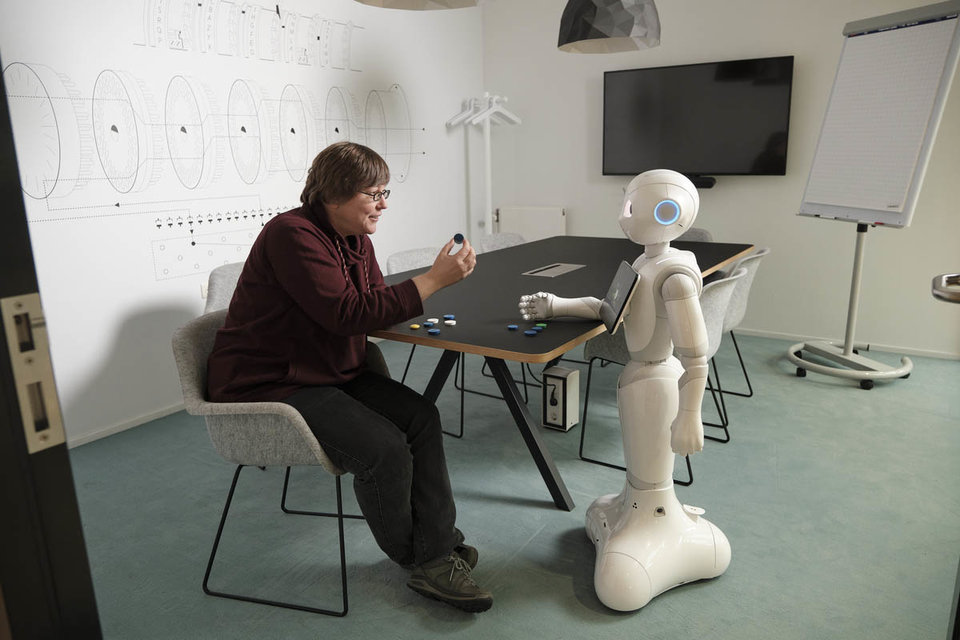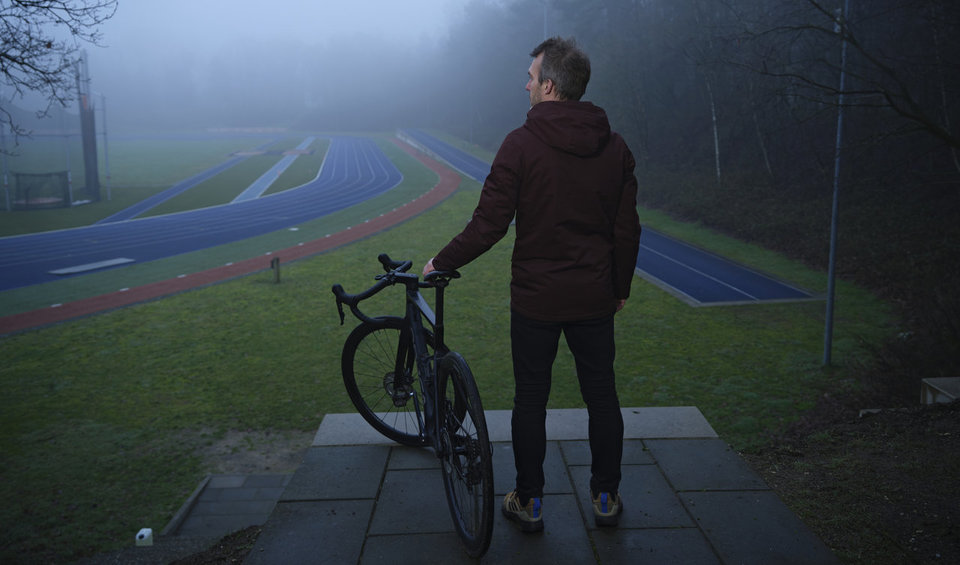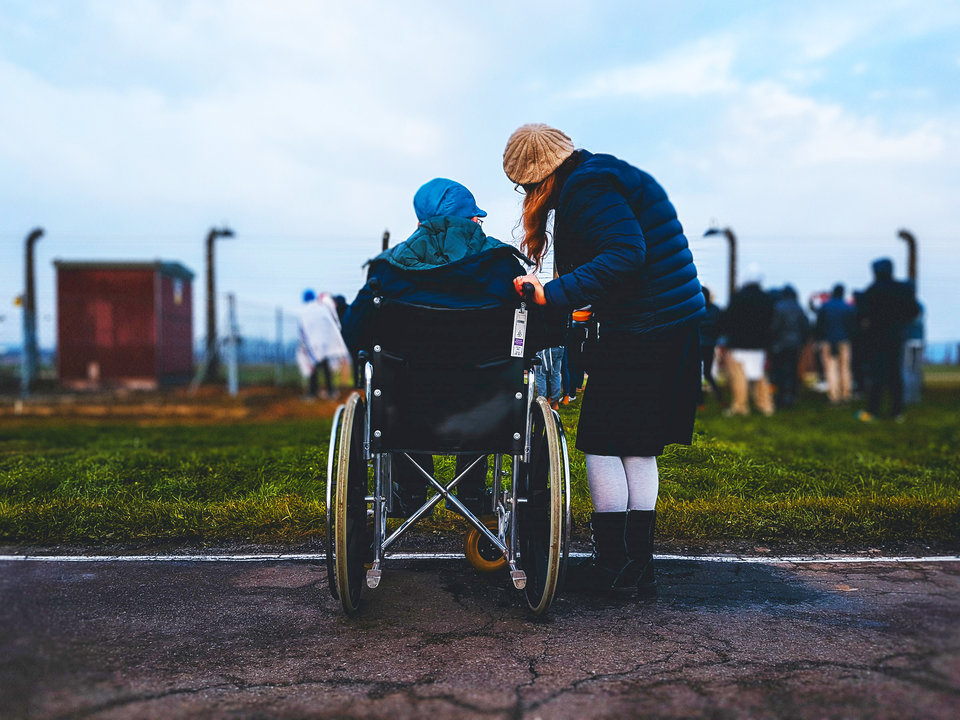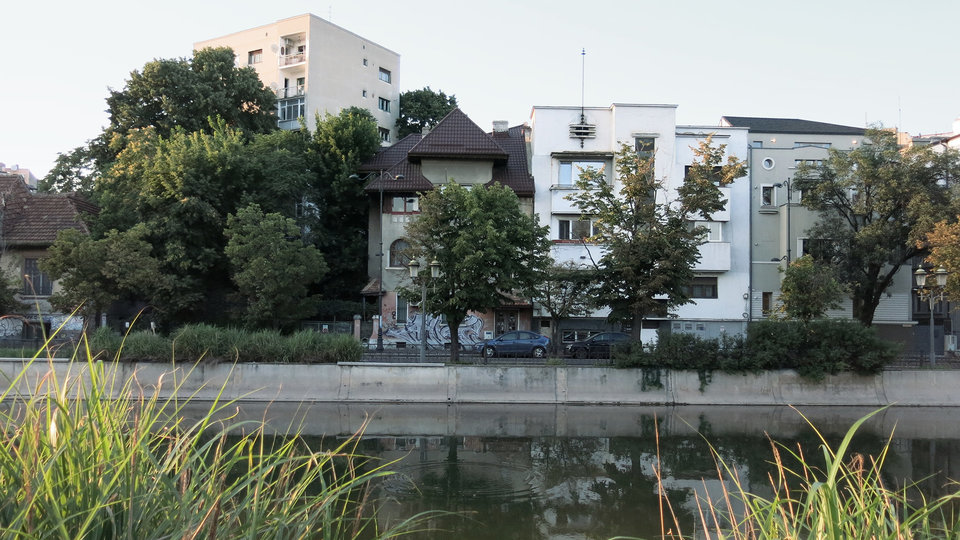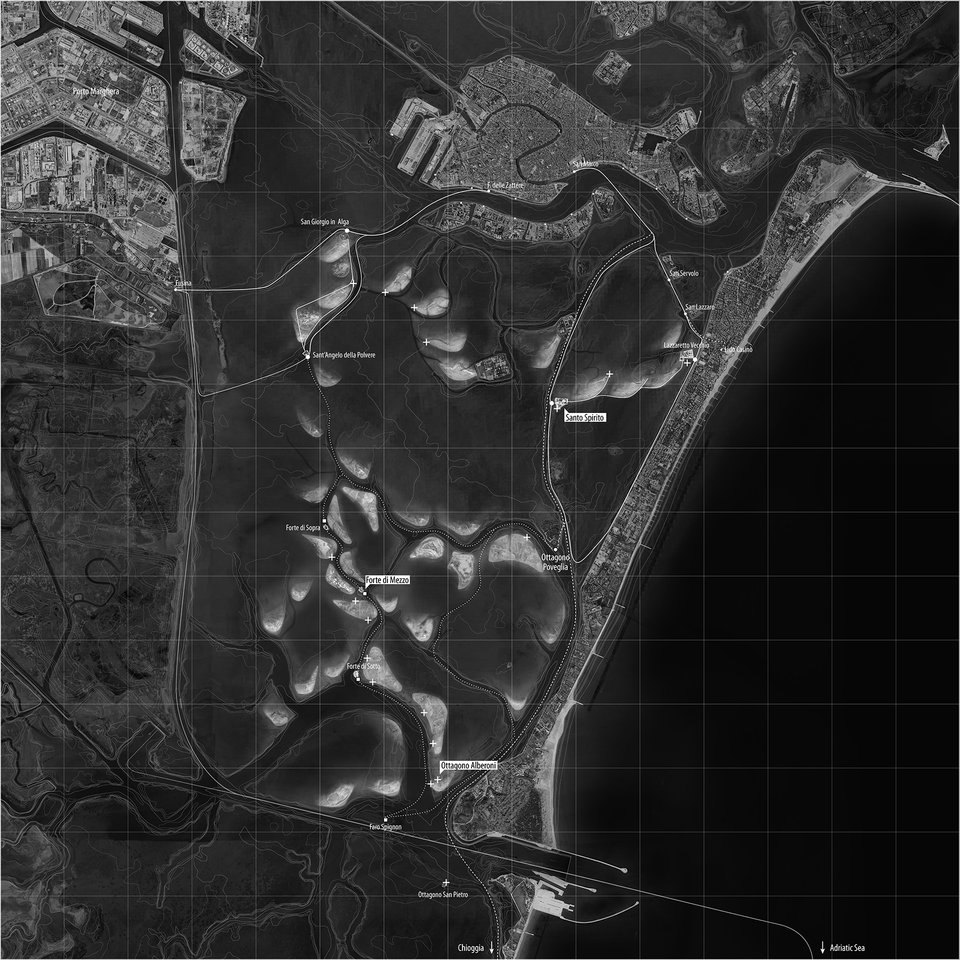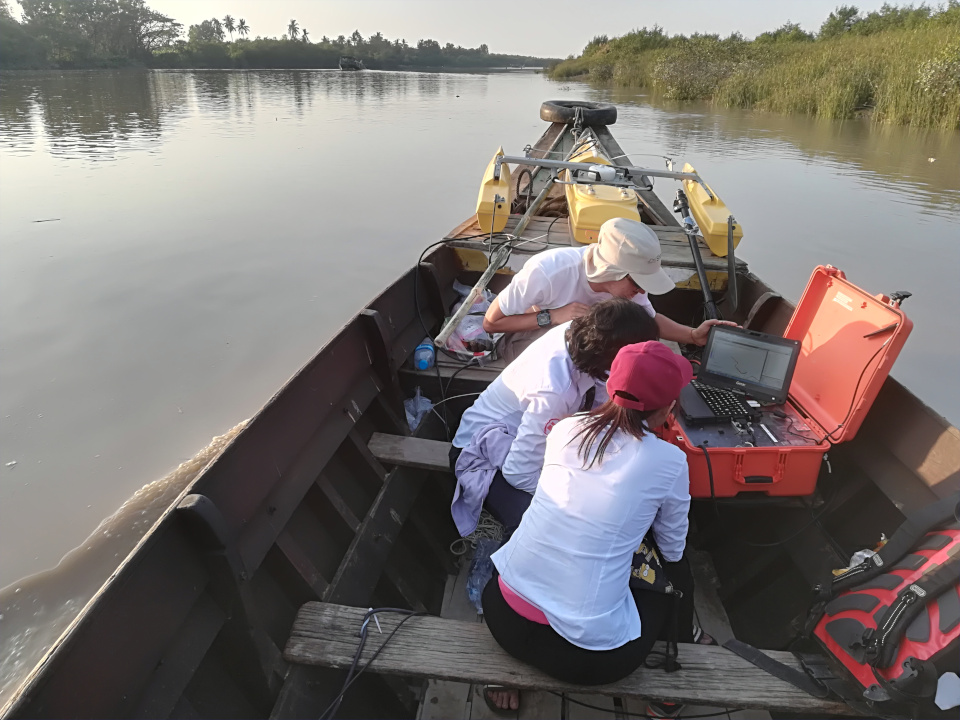In case of a fire, an attack or other emergency, you want to leave a location as fast as possible. However, it’s often still a good idea to first take a moment to listen to or look at the instructions. But of course the instructions then need to be available. Evacuation expert Natalie van der Wal investigates, with the help of human behaviour and computer simulations, how an evacuation can be organised as efficiently as possible. And how well organised are the evacuation protocols of TU Delft itself for that matter?
During an evacuation people end up panicking collectively, running every which way, and only try to save themselves, right? Not really; they often remain calm, act rationally, and help each other. These are just a few of the myths that exist, which Natalie van der Wal – Associate Professor at the Department of Multi-Actor Systems – tries to refute with her research. ‘I come across these kinds of assumptions among crowd managers for festivals, emergency response officers, municipalities, fire departments and police units. As a result, many evacuation protocols are not efficient. For example, in an emergency situation, not all the information is shared with the people present for fear of causing a panic. In reality, it’s important to clearly explain what is happening to facilitate proper compliance with instructions.’
Evacuation expert
After completing her undergraduate studies in cognitive and neuropsychology, her postgraduate studies and PhD in artificial intelligence and psychology, Van der Wal is now focused on the interface between human behaviour and technology. ‘I have always been fascinated by why people do what they do. Since my PhD studies, I have focused specifically on evacuations: in buildings such as stadiums and offices as well as outdoors such as at festivals, stations, or during earthquakes. What happens in someone’s head when an alarm goes off? How do people search for an exit? Which signals do they follow? And how do people influence each other?’
Behaviour during emergencies
In order to obtain a good picture of human behaviour during emergencies, Van der Wal studied hundreds of evacuation videos. ‘Strikingly, when hearing an alarm, if no concrete message is heard, many people simply do nothing at first. People also start looking at each other. And if one person doesn’t act, the other also doesn’t. Only if the threat can immediately be seen or felt, for example in the case of an explosion or shooting incident, do people immediately look for a safe place. I have also seen that people actually go towards the danger, for example a fire, possibly because they have no idea of the danger. It’s also striking that nowadays people increasingly grab their phones to make a video.’
Uncertainties in models
Van der Wal then enters the information from her video observations into a computer model. ‘I first make a simulation of the desired behaviour for an evacuation, for example that people choose the nearest exit and distribute themselves equally over a space. But this does not always happen in real life, and human behaviour is subject to uncertainties. For example, people usually walk towards the door they entered from. By integrating this kind of input into the model, you end up with a more realistic simulation. This can help in searching for solutions aimed at a more efficient evacuation. Such input can include clearer instructions or modifying the layout of a building.’
Technological solutions
According to Van der Wal, technology plays an important role in the above. ‘In buildings for example, you can use blinking lights to mark a route to the exit. You could also send apps to visitors with real-time info about congested locations. That is already being done for some events such as the Olympic Games or King’s Day.’ When it comes to signs at festivals, there is still room for improvement, according to Van der Wal. ‘Often there are only a minimum number of signs for emergency communication. These are usually also of a very basic type, whereas the main stage is surrounded by signs with the most sophisticated technology. If you also use these for emergency communication, the information will make more of an impact and more quickly.
Importance of how you communicate
How you communicate a message orally is also important, according to van der Wal. ‘Explain clearly what people have to do and where the emergency exits are. In doing so, a live message often works better than a pre-recorded one. The tone is also important. Don’t speak to people in an authoritarian manner but helpfully. You should also take your target public into account. What kind of language do the visitors speak? And in what state are they? In a nightlife venue, people could be under the influence of alcohol. Their responsiveness will then be slower, and you will have to repeat a message more frequently.’
Evacuation protocols for TU Delft campus
Van der Wal’s next research study will focus on the safety protocols in force at TU Delft. The goal is to detect bottlenecks and improve evacuation methods. ‘In the coming years, we will accurately measure and monitor all the evacuation exercises at the campus. At present, an alarm goes off once a year, the stopwatch is started, and we find out how many minutes it takes before everyone is outside. But how quickly people stand up, which route they take, and whether persons remain behind in the building is often not clear. As a result, you don’t know how effective the evacuation was.’
Privacy limitations
Using resources such as cameras and Wi-Fi data, Van der Wal wishes to monitor exactly what happens inside a building. ‘At first, we will monitor the exercises as they are being done at present. After that, we will add various elements such as signs, lights or sending apps. However, there are limitations due to privacy considerations. For example, we are not allowed to use the cameras that are now installed. On our own cameras, we have to anonymize everyone visible. That also applies to the Wi-Fi data from mobile phones.’
Every building is different
Van der Wal is particularly interested in the differences between evacuations from different buildings on the campus. ‘Some buildings are much more complex than others. Civil Engineering, for example, has all kinds of stairways, corners and exits, whereas TBM is a fairly simple elongated building with the main entrance in the middle. In the Aula Building, you have to take into account mixed zones and a very diverse group of visitors. And then there are also faculties where hazardous substances are often worked with. Of course, in these buildings, you want people to respond as quickly as possible.’
Differences in culture and past experience
One of the challenges in preparing new evacuation protocols is the communication. Van der Wal: ‘Students from all kinds of countries are enrolled at TU Delft. Some nationalities, such as the Dutch, can be inclined to follow instructions less quickly. This can be due, for example, to less of a perceived difference in authority between the authorities and citizens or less experience with evacuations. Students from Asian countries could actually be inclined to respond more quickly because they have already gone through training exercises for earthquakes or tsunamis or because they are more used to respecting authority. All these factors make the research extra challenging. But that also makes it much more fun.’



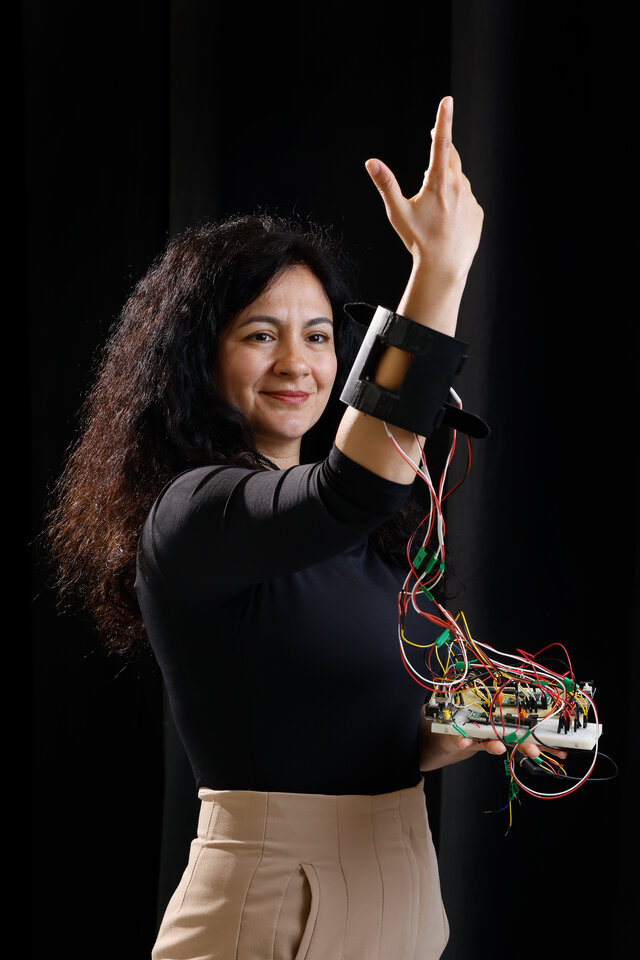
![[Translate to English:] [Translate to English:]](https://filelist.tudelft.nl/_processed_/0/b/csm_Header%20afbeelding%20InDetail%20-%20Stefan%20Buijsman%20-%202_01_8b72583971.jpg)
